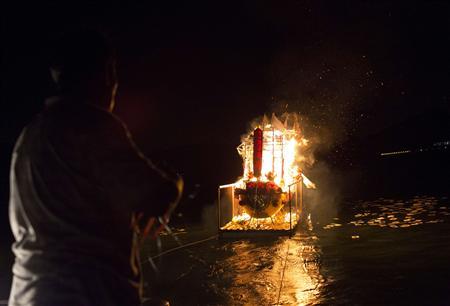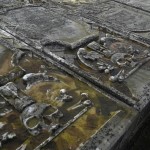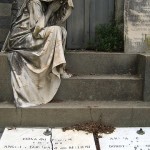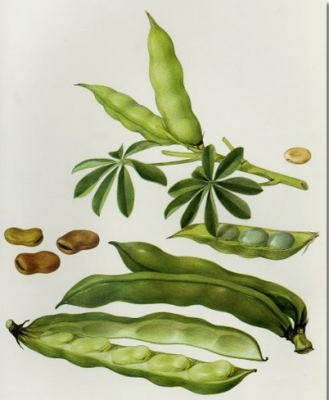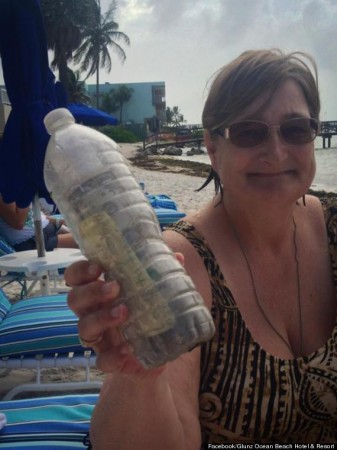Dying is a fact of life, as is the disposal of a body after the fact. You know all about burial and cremation, but here are the other ways people, past and present- have dealt with the departed.
10 Mummification
The mummies of ancient Egypt are probably the world’s most famous dead bodies. Reserved for members of the upper classes, mummification 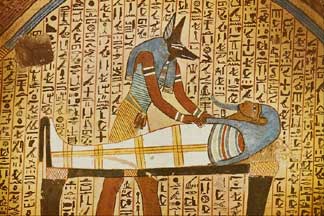 involved the removal of all organs including the brain, which was pulled through the nose by a hook. The body was then stuffed with dry materials like sawdust and wrapped in linens. The Egyptians believed that mummification preserved the soul for its journey into the afterlife.
involved the removal of all organs including the brain, which was pulled through the nose by a hook. The body was then stuffed with dry materials like sawdust and wrapped in linens. The Egyptians believed that mummification preserved the soul for its journey into the afterlife.
9 Cryonics
Who’s never heard of Walt Disney’s quest for immortality by having his body frozen? While that was an urban legend, cryonic science is a reality, currently only legal to perform on those who’ve been pronounced dead. Soon after dying, participants are stored in a liquid nitrogen solution to prevent decay until that time when death becomes a reversible phenomenon. Until then, the bodies remain on ice. Shown here is a four-body liquid nitrogen cooler.
8 Balinese Cremation
Contrary to the more somber western funerals, cremation ceremonies among the Hindus of Bali have an almost carnival-like atmosphere. Festive floats parade down local streets accompanying the body to a burning ground, where it is transferred into a ceremonial bull receptacle and set alight.
7 Plastination
Institute for Plastination, Heidelberg, Germany, www.bodyworlds.comSend your corpse on a tour of museums ’round the world with plastination, developed by German scientist Gunther von Hagens. His popular “Body Worlds” exhibits showcase the controversial preservation technique, which involves dissecting the body into bits, embalming it with a hardening fluid and reposing the body into various ‘educational’ positions.
6 Neanderthal Cave Burials
Before they began interring their dead in the ground proper around 100,000 years ago, Neanderthals routinely left the deceased deep inside the caves 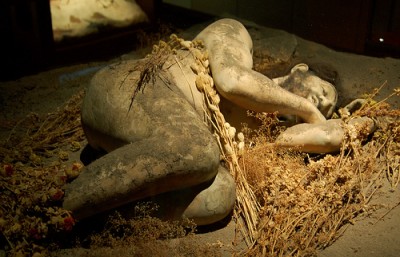 of Europe and the Middle East. To Neanderthals, the dark, mysterious recesses of a cave may have seemed like a good place to transfer over to the otherworld, some archaeologists have argued.
of Europe and the Middle East. To Neanderthals, the dark, mysterious recesses of a cave may have seemed like a good place to transfer over to the otherworld, some archaeologists have argued.
5 Bog Bodies
Plenty of travelers perished accidentally crossing the murky bogs of northern Europe, but at least some individuals, especially in the Middle Ages, were buried there carefully and on purpose. Lucky for archaeologists, the chemical make-up of a bog preserves human flesh very well, allowing them to study the unlucky bog bodies closely.
4 Tibetan Sky Burial
Ever wanted to fly? In Tibet, you get to do just that, only after you’re already dead. Instead of trying to bury bodies in the hard, rocky ground, some Tibetans send their loved ones to the top of a mountain and leave them to be eaten by the vultures. The disassembled corpses are even mixed with flour and milk for a tastier treat, to make sure every bit leaves the Earth for good.
3 Viking Ship Burials
Middle Age Vikings lived and literally died by the sea. After death, wealthier Vikings were placed in ships filled with food, jewels, weapons, food and even sometimes servants or animals for their comfort in the afterlife. The boats were interred in the ground, set alight or sent out to sea. The ultimate postmortem destination for Viking warriors was Valhalla, or “Odin’s Hall”, made famous in the Old Norse sagas.
2 Tree Burials
Indigenous tribes in many parts of the world discovered that the best way of disposing the dead was to put them up high, rather than down below. 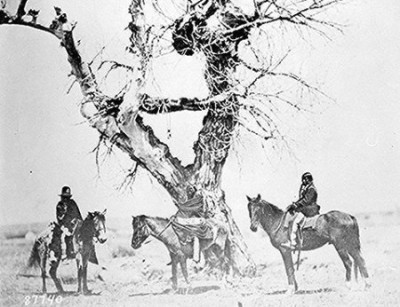 Groups in Australia, British Columbia, the American southwest and Siberia were known to practice tree burial, which involved wrapping the body in a shroud or cloth and placing it in a crook to decompose.
Groups in Australia, British Columbia, the American southwest and Siberia were known to practice tree burial, which involved wrapping the body in a shroud or cloth and placing it in a crook to decompose.
1 Towers of Silence
Zoroastrians believe the body is impure and shouldn’t pollute the earth after death through burial or cremation. Instead, the deceased are brought to a ceremonial “tower of silence”, usually located on an elevated mountain plateau, and left exposed to the animals and elements. When the bones have been dried and bleached by the sun, they are gathered and dissolved in lime.








